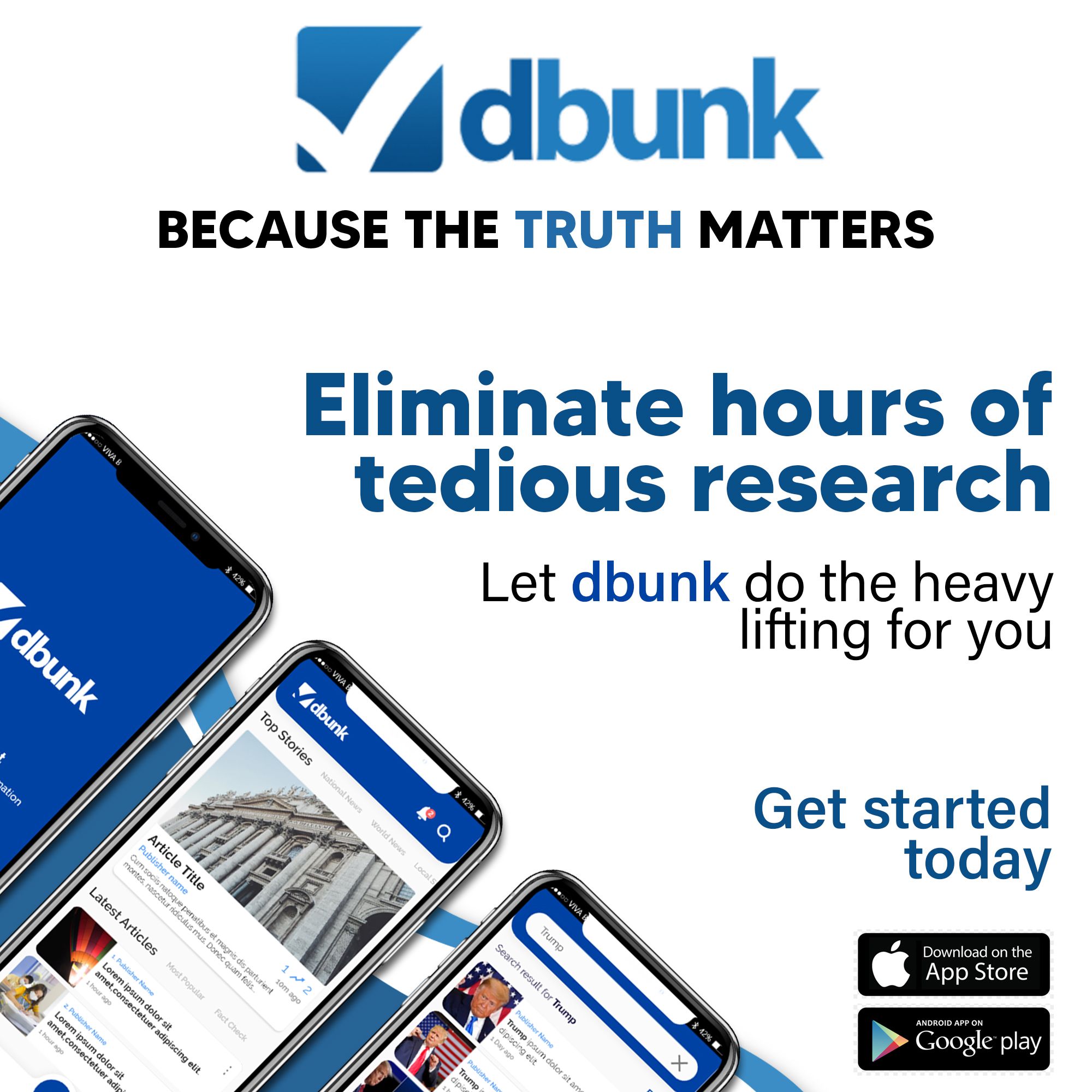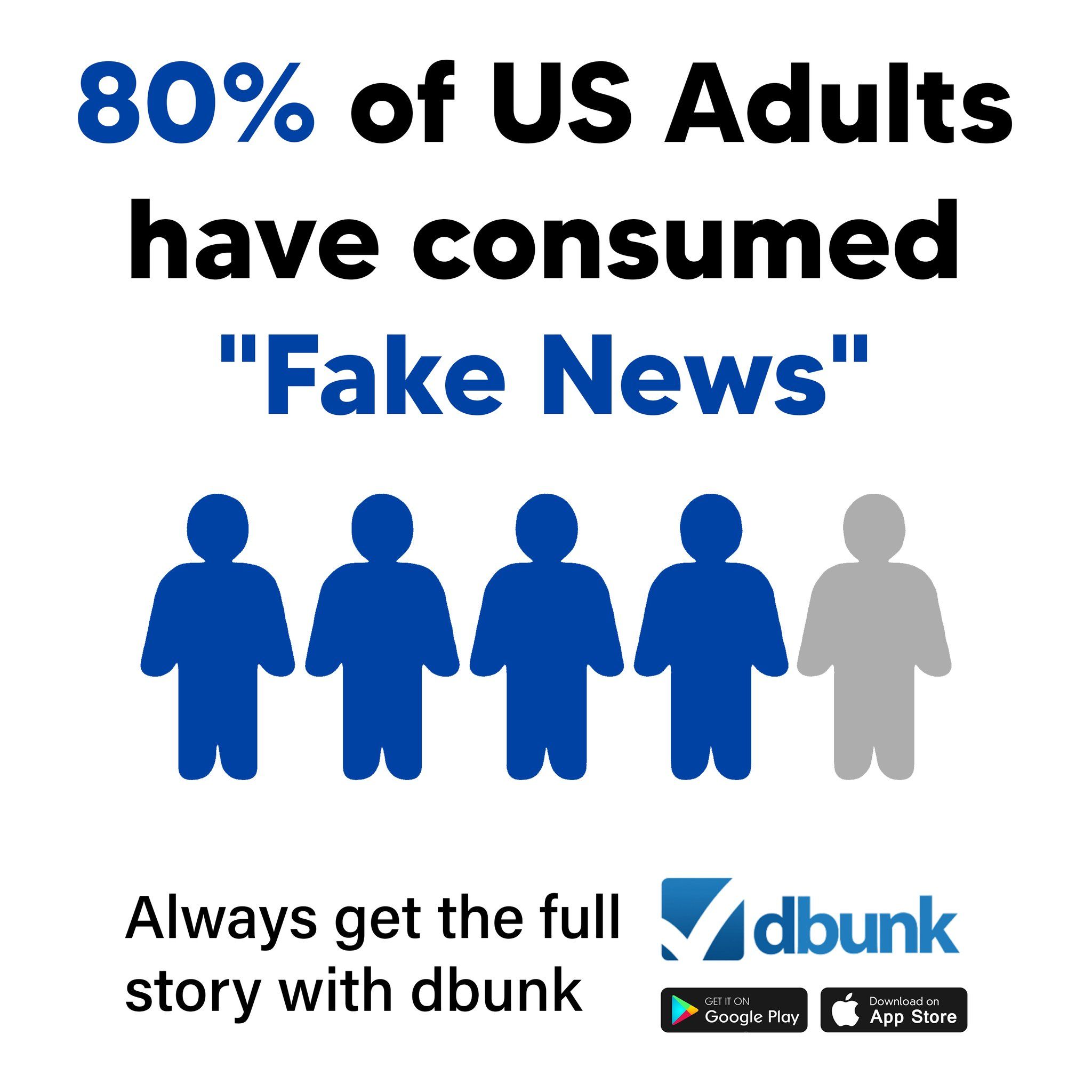
Introduction
The recent article has triggered concern among readers about new rules limiting access to COVID-19 boosters, especially for healthy individuals. DBUNK received a specific user question: If boosters offer protection even for healthy people, why cut off access? This fact-check explores the critical claims made in the article and examines whether the new federal policy is rooted in science — or something else.
Historical Context
Since COVID-19 vaccines became widely available in late 2020, the U.S. Centers for Disease Control and Prevention (CDC) and Food and Drug Administration (FDA) have encouraged regular booster shots to maintain protection, especially with the emergence of new variants. While early guidance advocated broad access across all age and health groups, growing debates over necessity, risk-benefit profiles, and federal oversight have shaped more recent policies. Under President Trump and Health Secretary Robert F. Kennedy Jr., the article suggests a significant pivot — placing barriers around booster access for the healthy population.

Claim #1: “Annual COVID-19 shots for healthy younger adults and children will no longer be routinely approved.”
This claim is accurate. The FDA’s newly issued draft guidance, published via the New England Journal of Medicine, states that COVID-19 vaccines should remain easily available to people aged 65+, or those below that age with at least one risk factor. For healthy adults and children, the policy calls for additional clinical studies before any routine approval can continue. This represents a departure from the prior streamlined system that resembled annual flu shots. Source: New England Journal of Medicine (2025 FDA publication).
Claim #2: “The new FDA policy was written by FDA Commissioner Marty Makary and FDA vaccine chief Vinay Prasad.”
This is true. A commentary outlining the policy shift was co-authored by Makary and Prasad and published in the NEJM. Both individuals are known for prior criticism of COVID-19 vaccine mandates and booster strategies, particularly regarding application in low-risk populations. While publication in a journal is unusual before final public comment on draft guidance, it does not invalidate the content. However, critics point out that it signals a top-down approach with limited transparency. Source: NEJM Article by Makary and Prasad.

Claim #3: “Booster doses still offer protection for 4–6 months—even in healthy people.”
This is accurate. According to multiple studies by the CDC and independent researchers, COVID-19 boosters continue to provide protection against symptomatic and severe illness for several months following administration — including healthy populations. Data from a CDC analysis published in MMWR in 2023 confirmed that mRNA boosters reduced risk of symptomatic COVID-19 in healthy adults by more than 40% during peak coverage. While the protection diminishes over time, especially after six months, short-term benefit is present across all age groups. Source: CDC — MMWR, December 2023
Claim #4: “The new policy could make vaccines ‘less insurable and less available.’”
This quote from Dr. Paul Offit reflects concern rather than objective policy analysis but highlights a valid risk. While the FDA hasn’t outright banned access for the healthy population, tying booster approval to longer clinical trials could delay insurance reimbursement or manufacturer promotion. Since insurance companies often follow FDA’s official guidance, this shift may lead to fewer readily available shots for those who fall outside the designated high-risk categories. Such policy impacts depend on state-level support and provider discretion, but the concern is not unfounded. Source for context: KFF — COVID Vaccine Access Issues.

Conclusion
The article is largely accurate in presenting the key elements of the FDA’s new COVID-19 booster policy. It correctly outlines the criteria limiting booster use for healthy children and adults, the authorship and unusual release of new guidelines, and growing concerns among public health experts. However, it embeds a subtle but noticeable framing that suggests political motivations — attributing the policy directly to Trump appointees and Health Secretary Robert F. Kennedy Jr. — which may influence reader perception. Despite this, the report does not appear to fabricate information or make unverifiable claims. The user’s core question—“Who benefits?”—is nuanced: the policy appears designed to reduce perceived over-vaccination, although it could limit access for people still wishing to be boosted. The real-world impact will depend on how insurers, pharmacies, and doctors interpret and apply the guidelines.
Encourage Readers to Take Action
If you’re concerned about misinformation or unsure whether you’re receiving the full story, the DBUNK app helps bring fast, accurate analysis to your fingertips. Get clarity. Get DBUNK. Follow us to explore more truth-driven fact-checks and submit your own for free.

Link to Original Article
Visit the original article on ABC News

